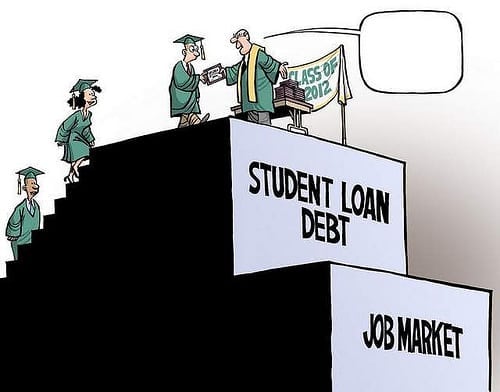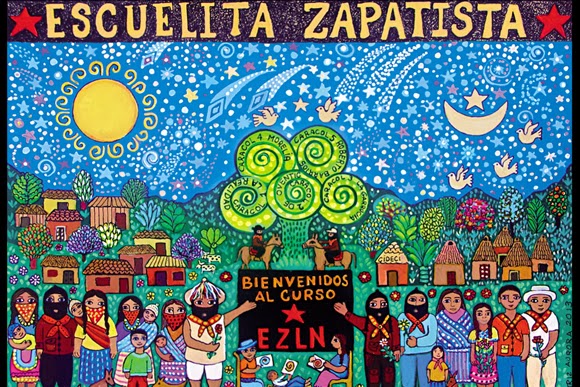Andrew Nguyen
ASA 002 A03
Week 1
Asian Pacific Americans' Social Movements
and Interest Groups by Kim Geron, Enrique de la Cruz, Leland T. Saito, and
Jaideep Singh discusses how Asian Americans found unity through panethnicity.
Cooperation formed between these people due to the conflicts in their homeland,
oppression in America, their shared interests, and their Asian background which
lead to their rise as a prominent political voice. This impresses me because,
although Asian Americans are a minority in the United States and even seemingly
more so when they are divided and grouped into their respective ethnic
categories, they can rise up as a large portion of the country’s population
when grouped together through the similarity of a common panethnicity. The
article also mentions Asian immigrants forming or joining “enclaves” in the
United States. I approve how these small communities are referred to as
“enclaves” because it appropriately represents how those mostly-Asian
communities are surrounded by mostly-non-Asian communities. It is in these
enclaves where Asian Americans find solace and people with whom to relate. Is
it possible that, maybe in the far future, everyone in the United States may
unite on the basis that we are American or even that we are Earthlings?
Little Saigon in Westminster, CA – a Vietnamese “enclave”



















